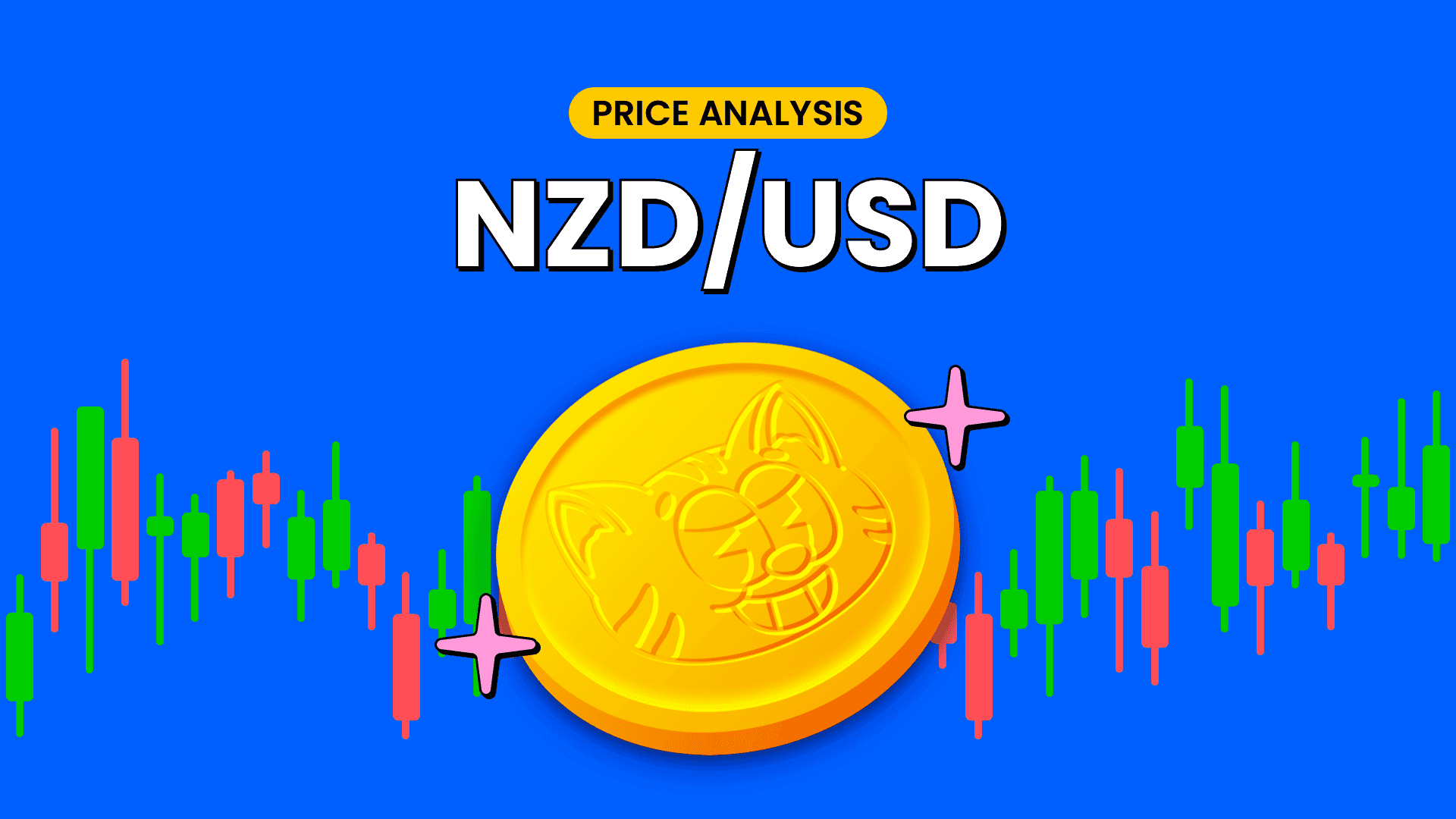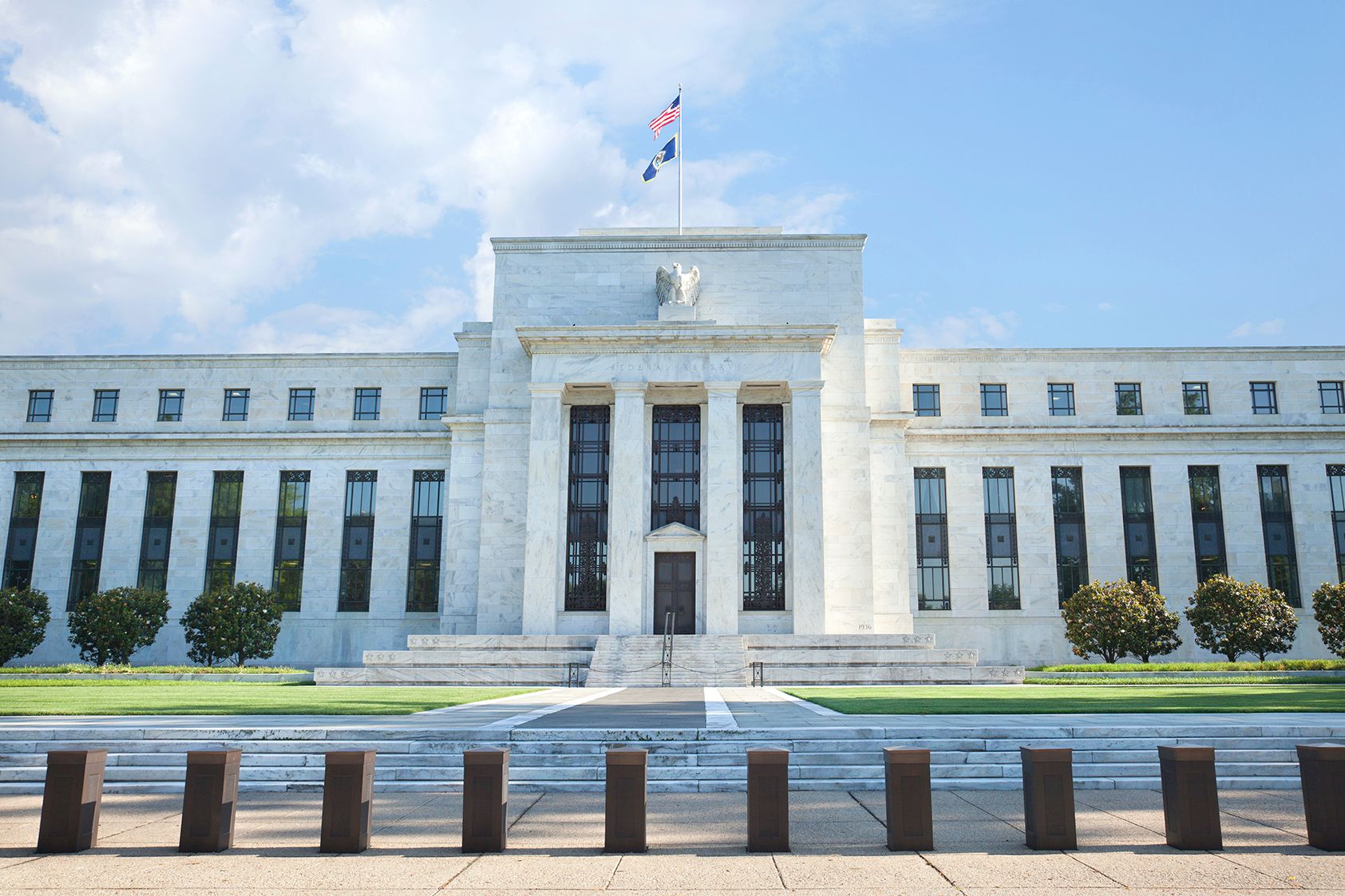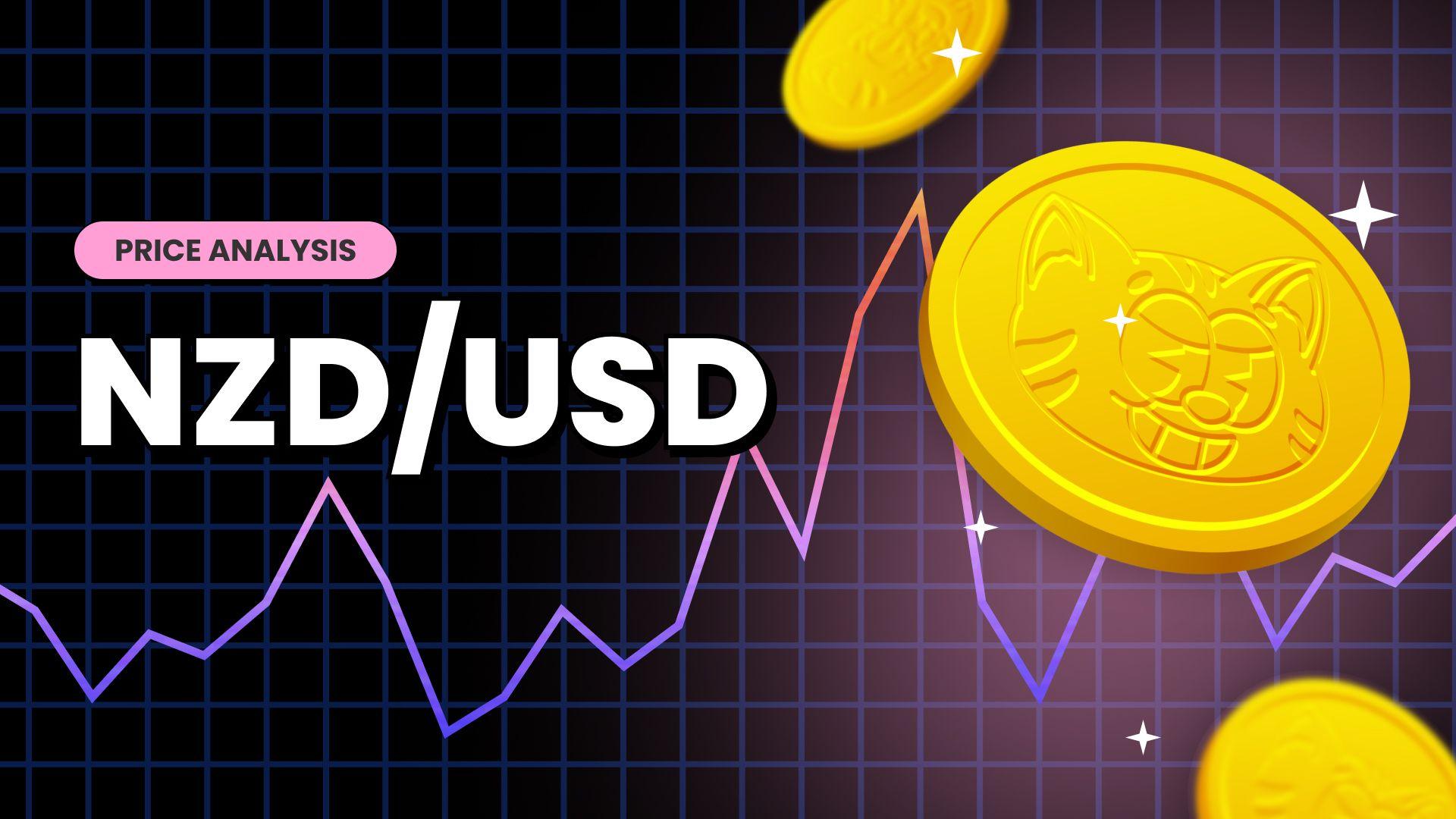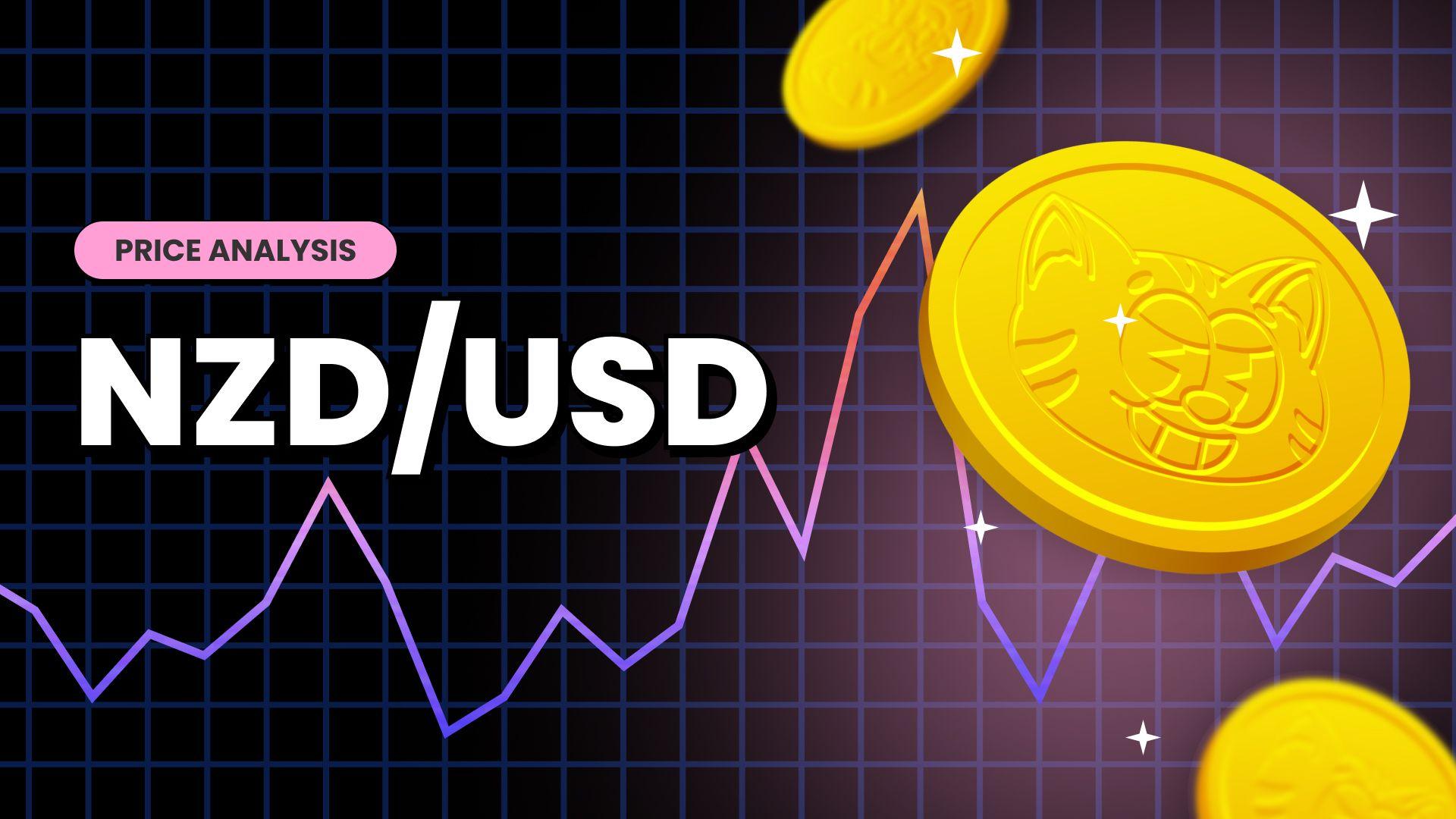NZD/USD Sticks To Modest Recovery Gains Above Late-0.61000s, As China Vows To Intensify Fiscal Policy






- NZD/USD cross witnessed some buying on Monday to rebound a few pips and settles above 0.62000s
- Markets positioning for the Fed ending its rate-hiking cycle earlier than previously envisaged drags treasury bond yields lower, in turn, undermine the U.S. Dollar and exerts upward pressure on the NZD/USD pair.
- News that China will intensify fiscal policy underpins the Kiwi and caps the NZD/USD pair against further downtick
- New Zealand Trade Deficit shows a slight improvement in turn, offers some support to the Kiwi

The NZD/USD pair witnessed some buying during the early-Asian session and capitalized, extending Friday's modest rebound from the vicinity of the 0.61912 level. As per press time, the shared currency is up over 5 pips daily and has managed to settle above the 0.62000 key psychological mark amid weak U.S. Dollar demand. Retreating treasury bond yields, along with a positive risk tone around the U.S. equity markets, forced the U.S. Dollar to trim most of its gains and helped exert upward pressure on the NZD/USD pair as investors continued to assess the latest Fed interest rate decision.
The U.S. Dollar Index (D.X.Y.), which measures the value of the United States dollar relative to a basket of foreign currencies, weakened against a basket of other currencies on Monday and was trading in modest losses below the early 103.000s level, extending the modest rebound from the vicinity of 103.353 level last touched on Friday after strengthening the previous two days buoyed by the less hawkish stance the Fed adopted in the Post F.O.M.C. press conference.

Apart from that, hawkish comments by some of the Top Fed officials last week were another factor supporting the greenback. St. Louis Federal Reserve President James Bullard said Friday that central bank policy should help contain cracks in the financial system. "Continued appropriate macroprudential policy can contain financial stress, while appropriate monetary policy can continue to put downward pressure on inflation," Bullard said in a presentation.
Additionally, against the back of the previous two week's banking turmoil, U.S. Treasury Secretary Janet Yellen reiterated on Thursday that she was prepared to take further action to ensure that Americans' bank deposits stay safe. She may have to honour this stance as strains are showing with borrowing at the Federal Reserve's discount window a hefty $110.2 billion as of Wednesday. Additionally, lending from the Fed's new Bank Term Funding Program ballooned to $53.7B, while loans to foreign central banks surged to $60B.
With this in mind, the market is beginning to position for the Fed ending its rate-hiking cycle earlier than previously envisaged, to the detriment of the Dollar, particularly after Fed Chair Jerome Powell indicated that the central bank policymakers had considered such a move last week.

That said, further limiting the greenback was the news on Monday that China will intensify its fiscal policy. Citing China's Finance Minister Liu Kun, the 21st Century Herald reported on Monday the country "will intensify efforts to implement a strong fiscal policy and efficient taxation system this year to stabilize the economy." Liu said, "the global economic situation was not optimistic, and China's economy faces challenges." Additionally, the Kiwi was further supported by data last week by Statistics N.Z. that showed New Zealand's trade deficit had improved to NZD 0.714 billion in February 2023, up from an NZD 0.715 billion gap in February 2022.
Furthermore, U.S. Durable Goods order data released last week on Friday showed the cost of orders received by manufacturers of goods dropped 1% month-over-month in February of 2023, following an upwardly revised 5% plunge in January and compared to market forecasts of a 0.6% increase.
On the contrary, the Dollar was supported by firm S&P Global prints for March. The U.S. Composite PMI Flash jumped to 53.3 in March of 2023, expanding from 50.1 in the previous month and firmly above market estimates, preliminary data showed. Additionally, preliminary estimates showed that the U.S. Services PMI rose to 53.8 in March 2023 from 50.6 in January, easily beating market expectations of 50.5. Lastly, preliminary estimates showed that the U.S. Manufacturing PMI increased to 49.1 in March of 2023 from 47.3 in February, beating forecasts of 47.
As we advance, In the absence of any major economic news data from both dockets, the U.S. Treasury Bond yields and the broader market risk sentiment will continue to influence the USD Price dynamics, in turn offering trading opportunities around the NZD/USD pair.

Technical Outlook: Four-Hour NZD/USD Price Chart

From a technical standstill using a four-hour price chart, the price found some support at the late 0.61992 level, which sits above a key support level plotted by an ascending trendline extending from the early March 2023 swing low. Some follow-through buying would confront initial resistance at the 20 (blue) and 50 (red) E.M.A. levels at 0.62167 and 0.62237, respectively. Acceptance above these levels would support prospects for further gains toward the technically significant moving average (200 EMA-yellow). A decisive flip of this hurdle into support would negate any near-term bearish outlook. NZD/USD pair could then accelerate the bullish trajectory towards retesting the key resistance level plotted by an ascending trendline extending from the mid-March 2023 swing Higher-highs. Sustained strength above this resistance level (bullish price breakout) would pave the way for aggressive technical buying around the NZD/USD pair. The bullish trajectory could then accelerate the rise toward the 0.63094 ceilings.
The R.S.I. (14) at the 43.3636 level sits below the signal line; however, convincing moves above the aforementioned barriers should be enough to send a Buy signal above the 50- signal line. The M.A.C.D. crossover, on the other hand, is above its signal lines, indicating a bullish sign of price action this week.
On the flip side, if dip-sellers and tactical traders jump back in and trigger a bearish reversal, the price will first find support at the key support level plotted by an ascending trendline extending from the early March 2023 swing low. A convincing move below this level would pave the way for aggressive technical selling around the NZD/USD pair. The NZD/USD pair could accelerate the downfall toward the demand zone ranging from 0.61626 - 0.61705 levels.


